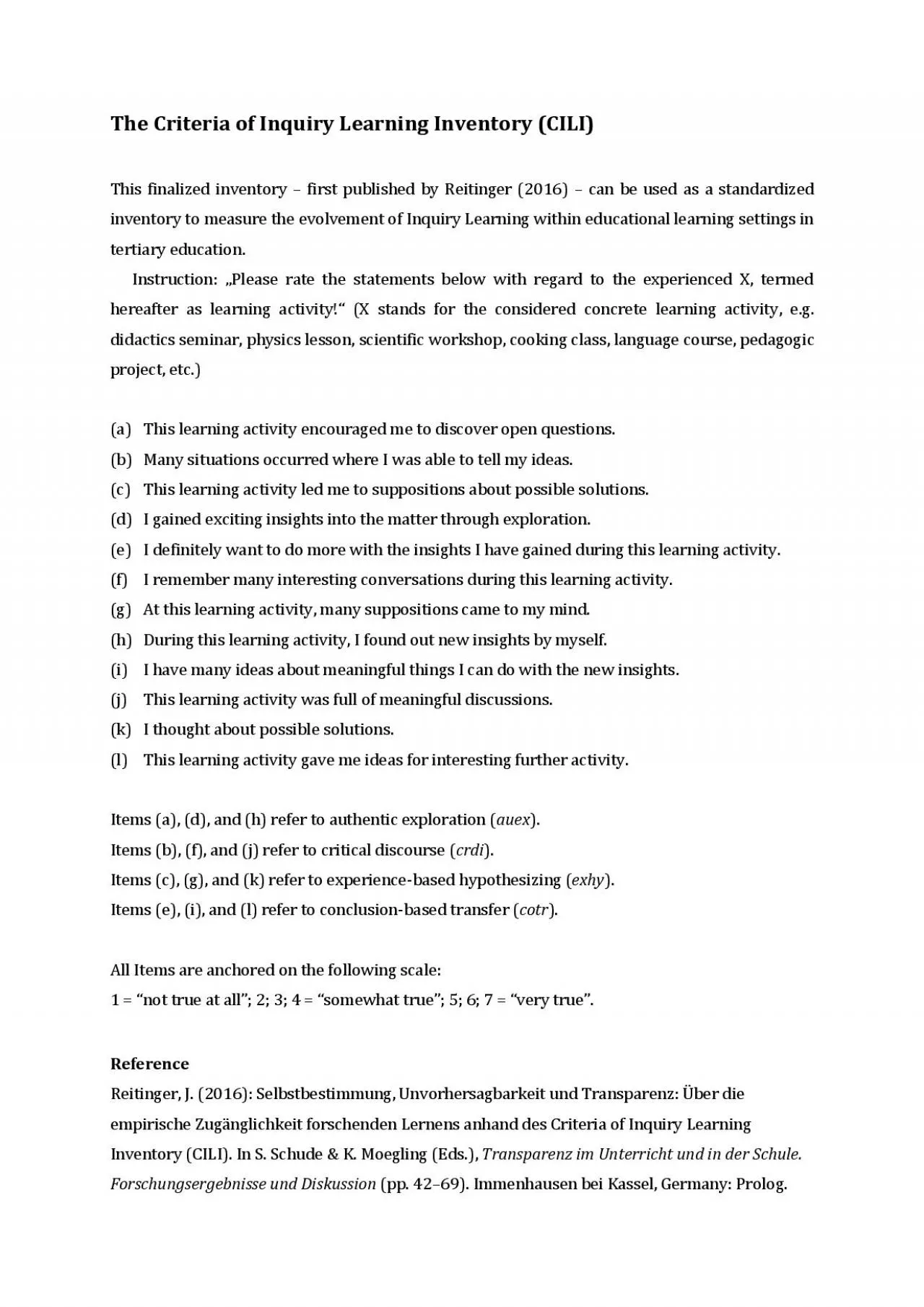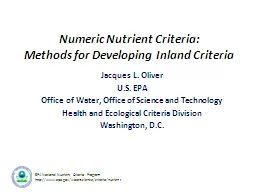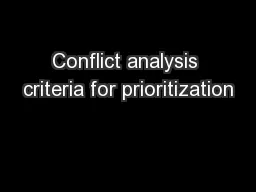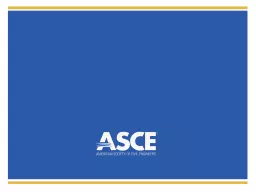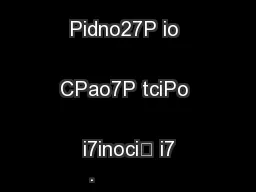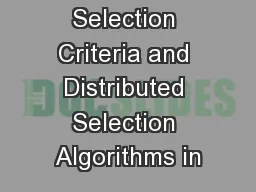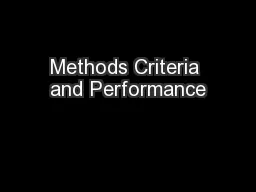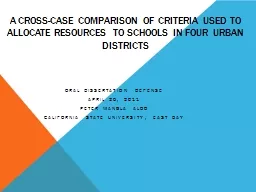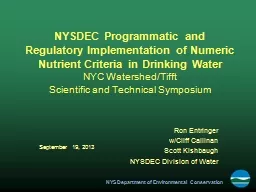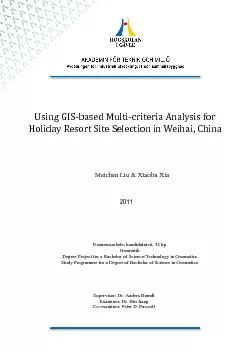PDF-Criteria of
Author : adia | Published Date : 2021-08-26
The Inquiry LearningInventoryCILIThis finalized inventory first published by Reitinger 2016 can be used as a standardized inventory to measure theevolvement of Inquiry
Presentation Embed Code
Download Presentation
Download Presentation The PPT/PDF document "Criteria of" is the property of its rightful owner. Permission is granted to download and print the materials on this website for personal, non-commercial use only, and to display it on your personal computer provided you do not modify the materials and that you retain all copyright notices contained in the materials. By downloading content from our website, you accept the terms of this agreement.
Criteria of: Transcript
Download Rules Of Document
"Criteria of"The content belongs to its owner. You may download and print it for personal use, without modification, and keep all copyright notices. By downloading, you agree to these terms.
Related Documents

